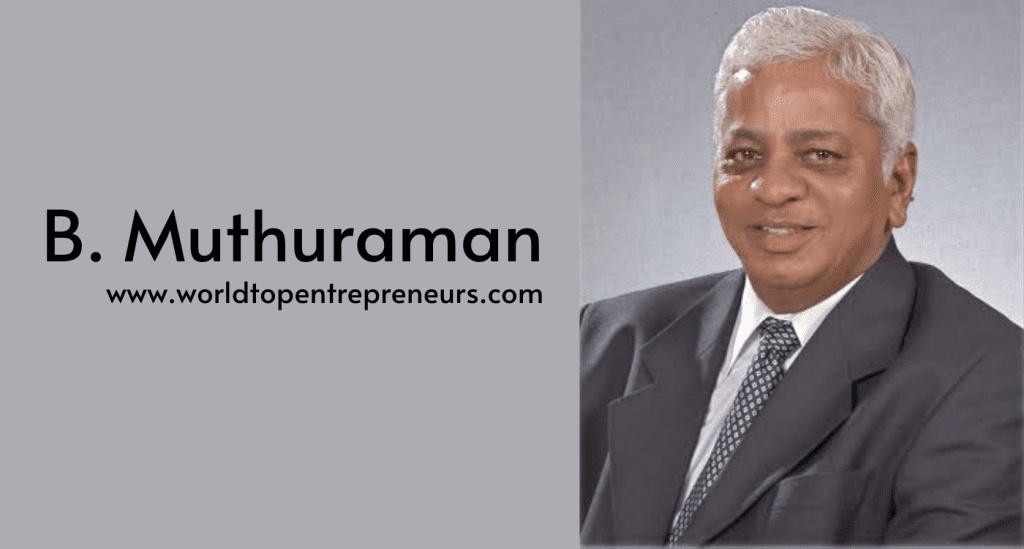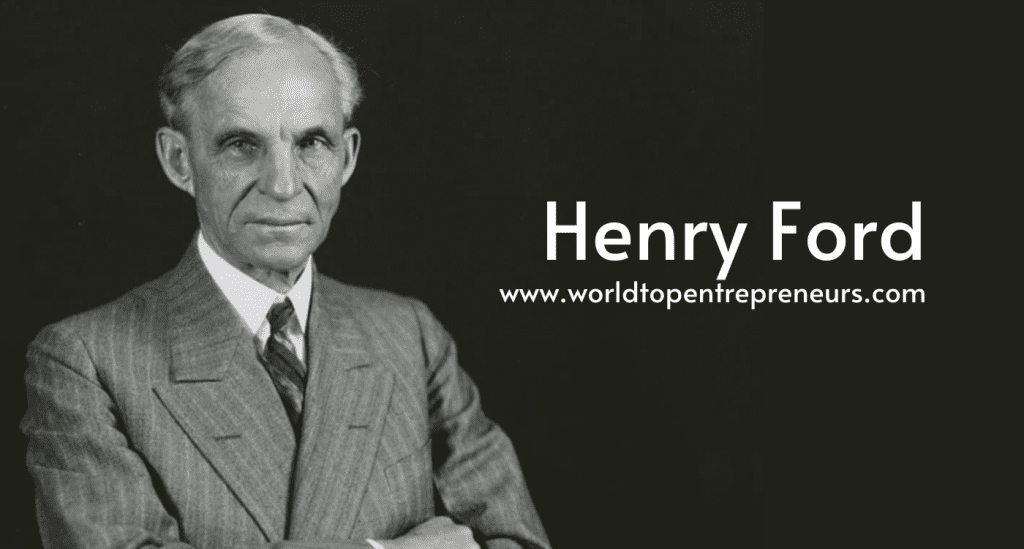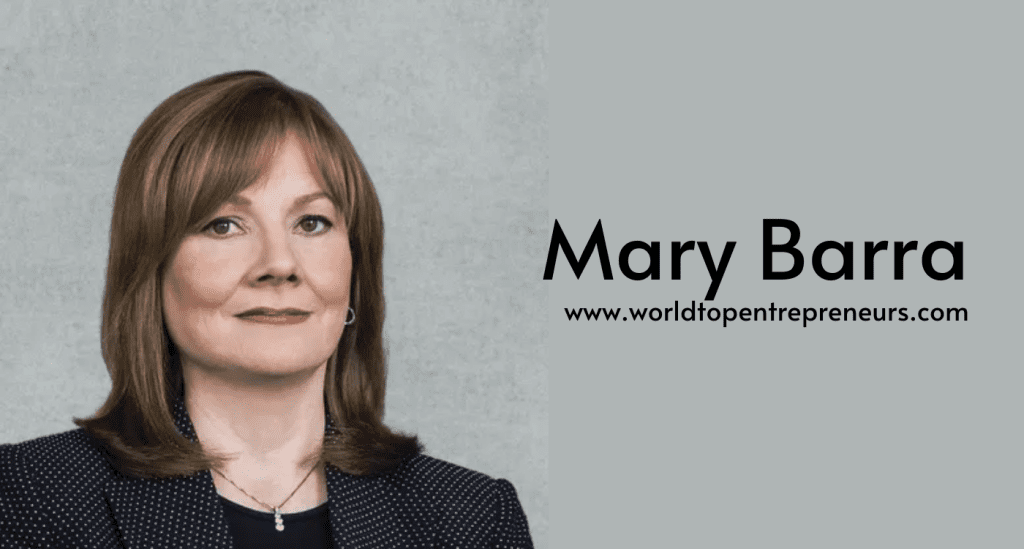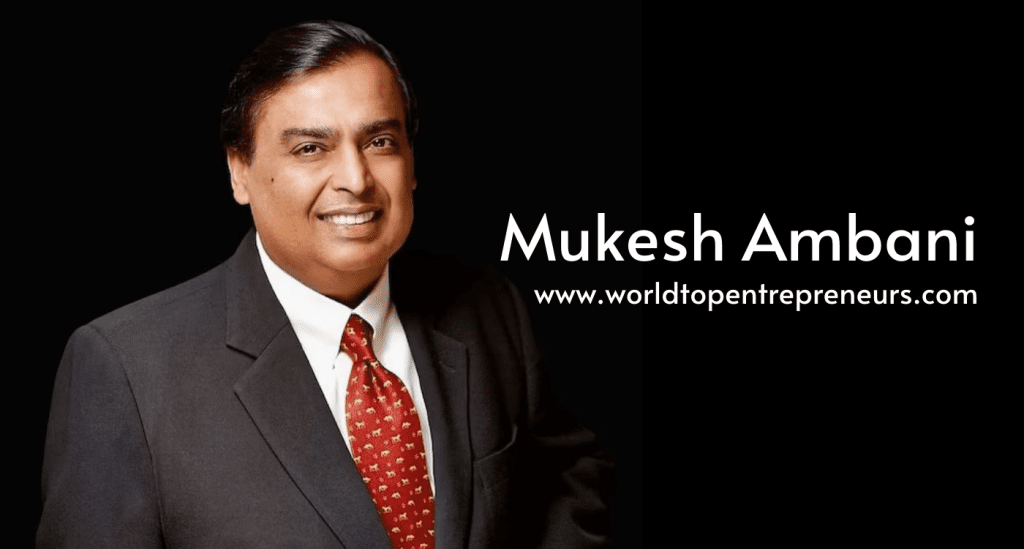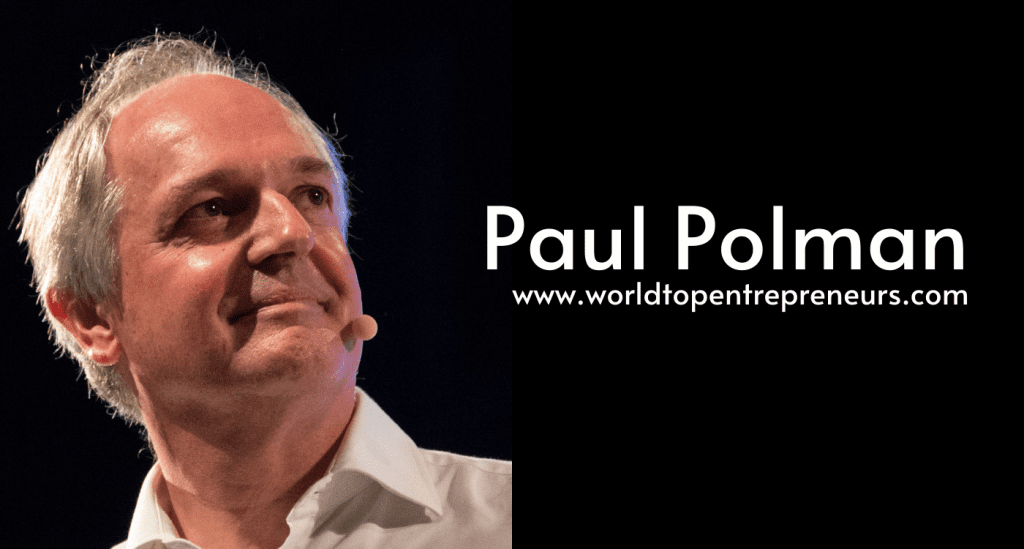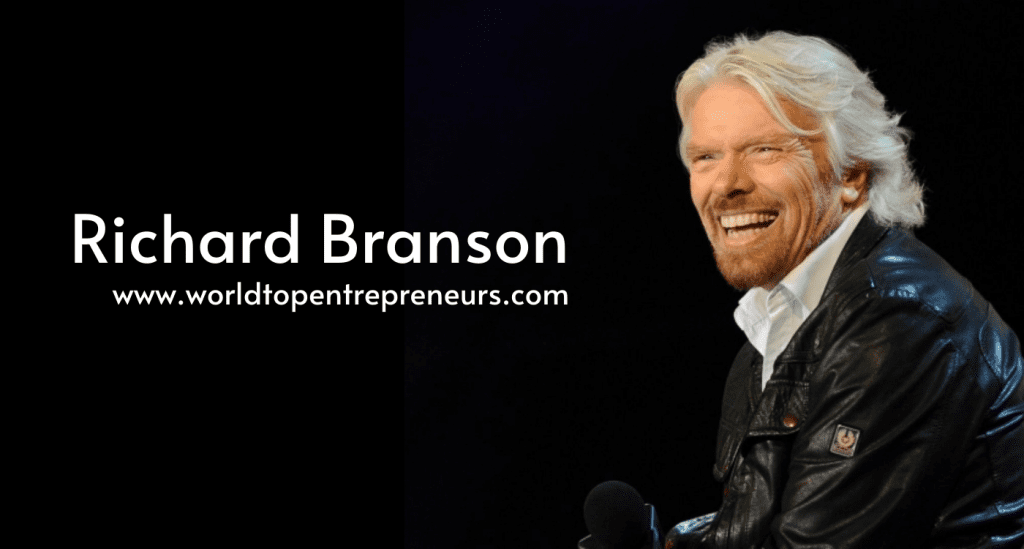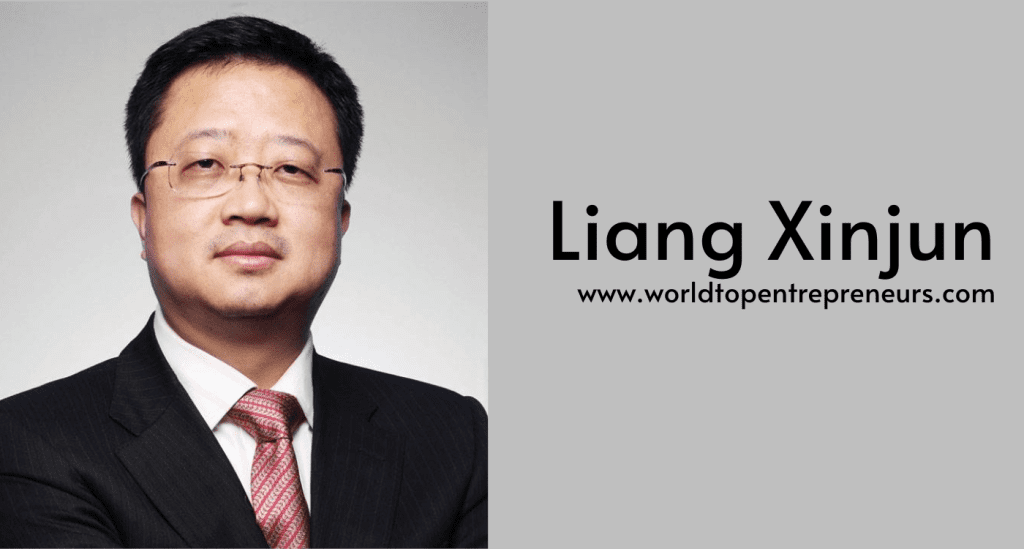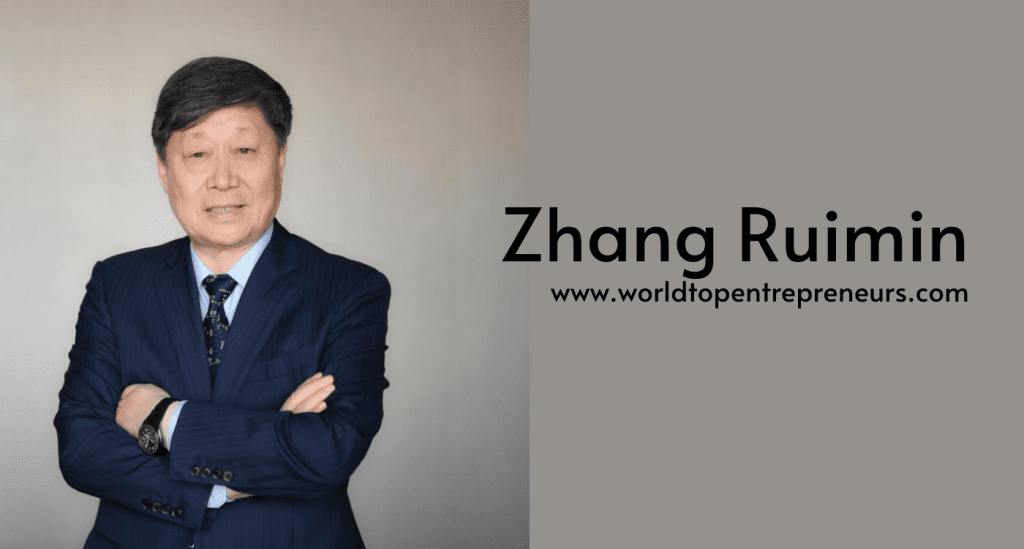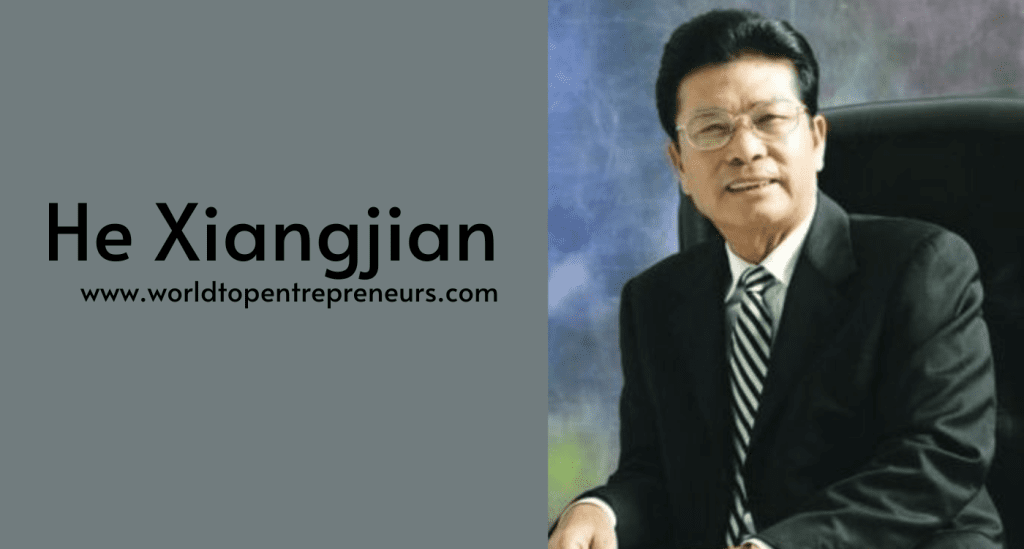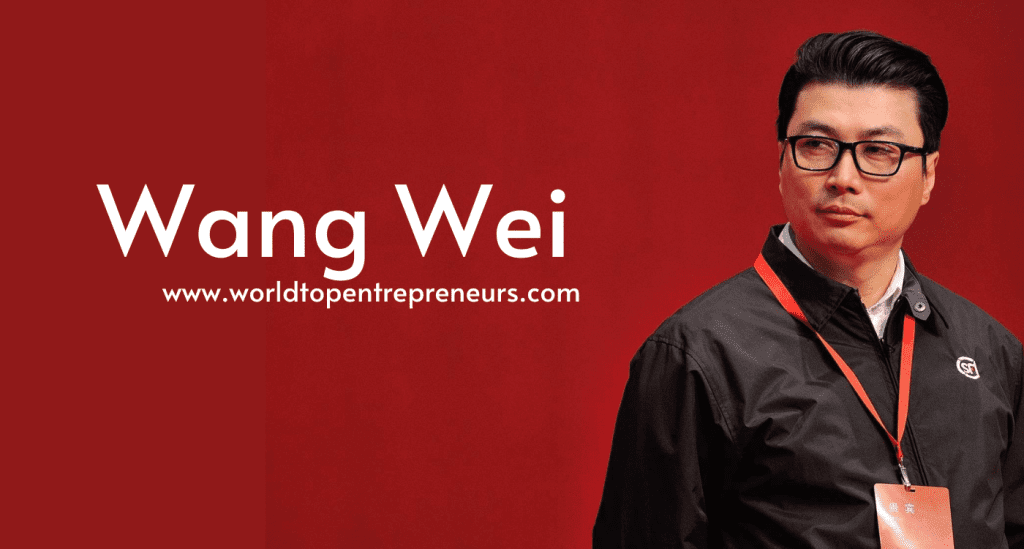B.Muthuraman is a name that resonates deeply within the corporate and industrial circles, particularly in the steel industry. He is best known for his significant contributions to Tata Steel Ltd, one of India’s most iconic companies. His leadership not only transformed the steel giant but also solidified his place as a key figure in the Indian business landscape.
Early Life and Educational Background
B.Muthuraman was born in a traditional South Indian family in the state of Tamil Nadu. His early exposure to education and discipline set the foundation for his future success. Muthuraman’s academic journey began with a focus on engineering, a field that was at the heart of the industrial revolution that was taking place in India.
He pursued his Bachelors in Mechanical Engineering from the renowned Indian Institute of Technology (IIT) Madras, one of India’s premier educational institutions. The rigorous academic environment at IIT Madras honed his analytical and problem-solving skills, equipping him with the technical knowledge that would prove to be valuable throughout his career.
After completing his undergraduate degree, Muthuraman further advanced his education by earning a Post Graduate Diploma in Management (PGDM) from the prestigious Indian Institute of Management (IIM) Calcutta, one of the leading business schools in India. This combination of engineering and management education gave him a unique perspective on both the technical and strategic aspects of running a business.
Entry into Tata Steel
B.Muthuraman’s professional journey began at Tata Steel, one of the largest and most established steel manufacturers in India. Tata Steel, a part of the Tata Group conglomerate, had always been synonymous with excellence and integrity, values that resonated deeply with Muthuraman. He joined the company in 1976, starting off in the company’s operations division, and quickly worked his way up through various leadership roles over the next few decades.
His early years at Tata Steel were marked by a commitment to improving operational efficiency and fostering a culture of innovation. Muthuraman’s deep understanding of the technical aspects of steel manufacturing, combined with his business and management expertise, helped him make an immediate impact.
Entrepreneurial Vision and Leadership at Tata Steel
B.Muthuraman’s entrepreneurial spirit became particularly evident when he took on senior leadership positions at Tata Steel. Over the years, he became known not just for his management skills but for his vision of expanding Tata Steel’s footprint globally.
Strategic Global Expansion
Under B.Muthuraman’s leadership, Tata Steel grew its global presence, expanding operations in various countries. One of the most significant milestones in this journey was the acquisition of Corus Group, a major steel producer based in the UK, in 2007. The acquisition of Corus for $12 billion marked a bold and strategic move that catapulted Tata Steel into one of the top 10 steel producers globally. This acquisition not only enhanced Tata Steel’s capabilities but also gave it a larger global market share, especially in Europe.
B.Muthuraman played a pivotal role in navigating the complex process of acquiring Corus. The deal, which was initially met with skepticism, proved to be a turning point in Tata Steel’s expansion strategy. It not only increased the company’s global steel capacity but also expanded its technological capabilities, allowing it to better compete in international markets.
Innovation and Operational Efficiency
B.Muthuraman is also credited with driving innovation at Tata Steel. He introduced various initiatives to improve operational efficiency, reduce costs, and enhance product quality. His focus on technological upgrades and innovations ensured that Tata Steel remained at the forefront of the steel industry.
During his tenure, Tata Steel also adopted several practices that focused on sustainability and environmental responsibility. Muthuraman emphasized reducing carbon emissions and improving energy efficiency, setting the company on a path toward greener production methods long before sustainability became a mainstream concern.
Challenges and Struggles
Despite his success, Muthuraman’s journey was not without its challenges. As with many global expansions, the acquisition of Corus came with its share of integration challenges. Tata Steel had to contend with cultural differences, market fluctuations, and restructuring efforts. However, Muthuraman’s pragmatic approach and steady leadership helped the company weather these difficulties.
Another major struggle during his leadership was the global financial crisis of 2008, which affected many industries, including steel. While Tata Steel’s global operations were affected, Muthuraman’s strategic foresight and resilience ensured that the company was able to adapt and eventually emerge stronger.
Furthermore, the steel industry itself faced mounting challenges due to fluctuating raw material prices, competition, and geopolitical tensions. Tata Steel’s performance depended on effectively managing these external pressures, and Muthuraman’s focus on improving operational efficiencies and diversifying the company’s product offerings allowed it to survive and even thrive during these difficult periods.
Successes and Milestones
B.Muthuraman’s tenure at Tata Steel was marked by several significant milestones. Some of his most notable successes include:
- The Corus Acquisition (2007): As mentioned earlier, this acquisition marked a bold and successful expansion of Tata Steel’s global footprint. It doubled the company’s steel production capacity and strengthened its presence in Europe.
- Strategic Diversification: Under Muthuraman, Tata Steel diversified its product portfolio, moving beyond traditional steel production to include value-added products such as special steels, automotive steels, and advanced materials.
- Focus on Sustainability: Muthuraman’s leadership saw Tata Steel implement significant environmental and sustainability measures, which not only aligned with global trends but also helped reduce operational costs in the long run.
- Technological Advancements: Muthuraman championed the use of state-of-the-art technology to improve production processes, reduce waste, and enhance product quality. Tata Steel became a leader in adopting advanced manufacturing techniques, setting benchmarks for others in the industry.
- Employee-Centric Approach: Muthuraman was known for his commitment to employee welfare and development. His leadership style focused on creating a positive work culture, investing in skill development, and ensuring job security for workers.
Transition and Legacy
Muthuraman retired as the Deputy Managing Director of Tata Steel in 2011, leaving behind a legacy of transformational leadership. His tenure at Tata Steel reshaped the company into a global powerhouse and set it on a path toward continued success. Even after his retirement, Muthuraman has remained a respected figure in the Indian corporate world, often providing counsel and guidance to young entrepreneurs and business leaders.
Tata Steel’s success under his leadership can be attributed to his visionary approach, his ability to manage large-scale change, and his unwavering commitment to the company’s core values. His story continues to inspire not only those in the steel industry but also aspiring entrepreneurs and business leaders who seek to create lasting impact through innovation, leadership, and perseverance.
Conclusion
B.Muthuraman’s journey is a testament to the power of combining technical expertise with strategic foresight and business acumen. His work at Tata Steel not only elevated the company to new heights but also set benchmarks for the entire industry. His story is one of perseverance, vision, and leadership that continues to inspire the next generation of entrepreneurs. As Tata Steel continues to evolve and thrive, Muthuraman’s legacy remains integral to its growth and success.

